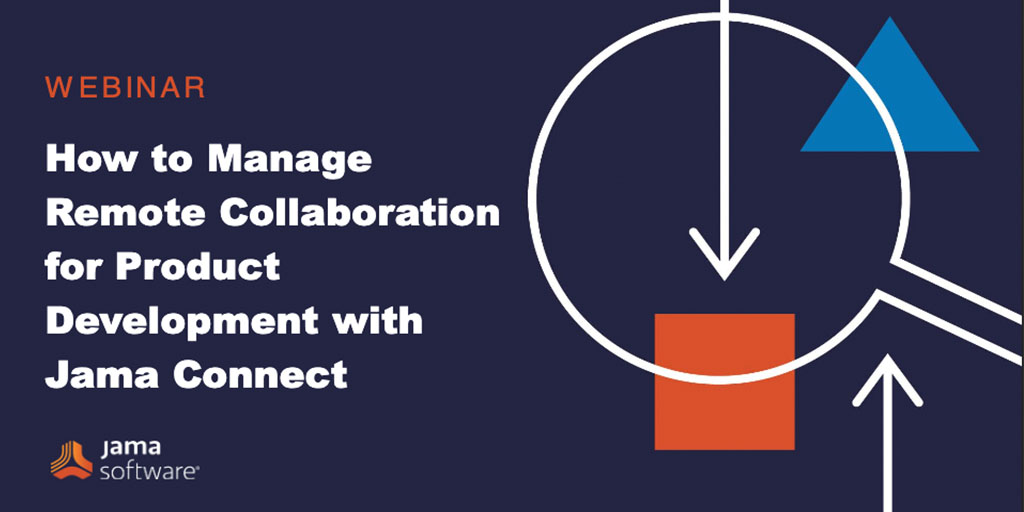Cities may be opening up, but many engineering teams continue to work remotely on product development as companies slowly reopen.
Has your team found its rhythm? If your organization hadn’t planned for a distributed team, staying aligned without jeopardizing quality, efficiency, or timelines could still feel challenging. Jama Software helps the distributed engineering teams of global companies like Grifols, SITA, and Einride work seamlessly and successfully, and has for years.
Here’s what they say works best to keep the product development process on track.
1. Intuitive technology
Intuitive technology is user-friendly by design. It improves efficiency and momentum on a distributed team. Technology like this helps onboard team members, keep them aligned to projects, and connected to team members and their work.
Jama Software customer insight: Grifols
Healthcare leader Grifols adopted Jama Connect™ to help manage the product development process between teams in different countries. They cite the user-friendly, intuitive platform as a key reason they can bring everybody up the speed on changes so quickly. Right away, teams feel comfortable and encouraged to participate, comment, and engage in robust discussions.
“In the long distance between California and Spain, I feel like I’m connected to the team.”
– Carmen Pazos, Diagnostic Divisions R&D Instruments Senior Manager, Grifols
Read the whole story
2. Centralized change management
Scattered engineering teams still face evolving regulations and requirements for increasingly complex products. When teams can manage change like reviews and requirements from a single, central location the risk of rework or miscommunication goes down. Relevant stakeholders that collaborate, iterate, and issue approvals in a visible area never lack context.
Jama Software customer: SITA
Multinational company SITA wanted to align remote teams and facilitate effective collaboration around requirements. They chose Jama Connect to get an efficient, easy way for cross-functional teams to review requirements and a centralized, accessible repository for all the company’s requirements.
“Jama Connect has allowed us to get more people from our other offices involved in the collaboration process … People can come into the system at a time that suits them and review things. And we know their comments will be seen by everybody else.”
– Alistair McBain, Sr. Business Consultant, SITA
Read the whole story
3. Real-time data sharing
The product development process requires teams that work with structured, live data, even when remote. They need to be able to define, review, and validate it at any time. Critical functionality of the product they’re working on could depend on it. Communication among teams and stakeholders needs to go beyond the basics of collaboration. It’s about more than just a conversation or a simple text edit.
Jama Software customer: Einride
Einride’s feature-based development process uses the Jama Connect platform to identify which feature should receive the highest priority for development. The collaborative elements of the Comment Stream feature helps distributed engineering teams communicate critical changes to each other as part of their daily operations. For example: Einride develops features at a fast pace, often enhancing the functionalities of their electric freight vehicles after they’re deployed. Teams need to react fast and change tracks if necessary — and collaborate with each other early in the process.
“This is the biggest challenge — to know what feature has the highest priority to be improved and/or developed…as we don’t have hundreds of developers, it’s crucial for us to know this as soon as possible.”
– Sabina Söderstjerna, Team Lead, Einride
Read the whole story
Learn more about how Jama Software can help you improve collaboration in your product development process.








